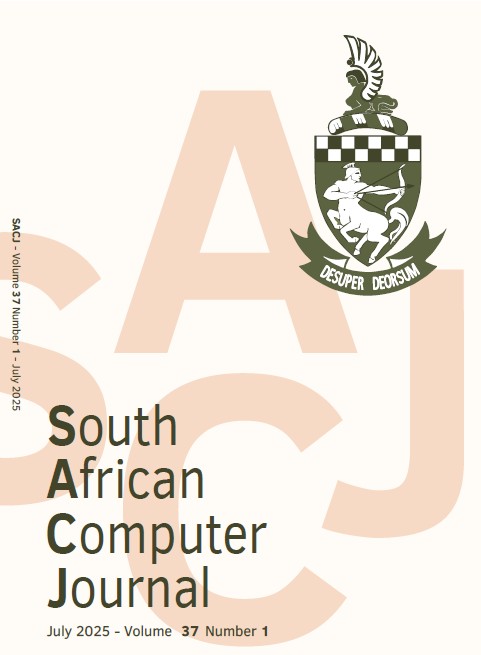Generative AI: Concerns, usage, challenges, opportunities and sentiments
DOI:
https://doi.org/10.18489/sacjv37i1/17890Keywords:
Artificial Intelligence, generative AI, ChatGPT, bibliometric, ethics, scoping review, sentiment analysis, transdisciplinarity, post digital theoryAbstract
Despite widespread adoption and enthusiasm, Generative AI faces persistent technical challenges, prompting the need to understand its broader impact. This study employed bibliometric analysis to examine scholarly discourse and key drivers of Generative AI adoption. The findings reveal the key factor driving adoption as transdisciplinary collaboration regardless of region; the concerns relate to inconsistent accuracy, demanding infrastructure, and ethical and privacy issues. Generative AI’s rapid proliferation, spurred by ChatGPT, marked a post-digital era marked by transformative innovations across multiple fields. The scholarly discourse has grown by 3,164%, reflecting its significant influence on research and disciplinary progress. Education, medical, and biomedical sectors lead in adoption, to enhance teaching experiences, diagnostics, personalised medicine, and pandemic responses. However, the digital divide persists, leaving certain demographics and regions unable to access its benefits equally. The absence of robust ethical, legal, and regulatory frameworks further exacerbates these challenges. This study reveals Generative AI’s transformative potential and its ability to bridge disciplines despite technical hurdles. The study makes recommendations for education reform to embrace new curricula, for practitioners and policymakers to create flexible workforce options, to proactively address important ethical, legal, and regulatory considerations; and to be intentional about bridging the widening digital divide.
Downloads
Published
Issue
Section
License
Copyright (c) 2025 Hossana Twinomurinzi, Sibukele Gumbo

This work is licensed under a Creative Commons Attribution-NonCommercial 4.0 International License.





.png)